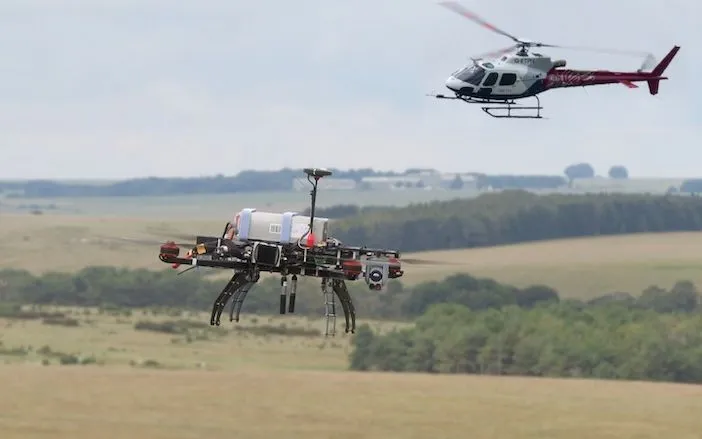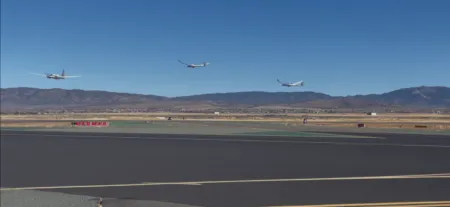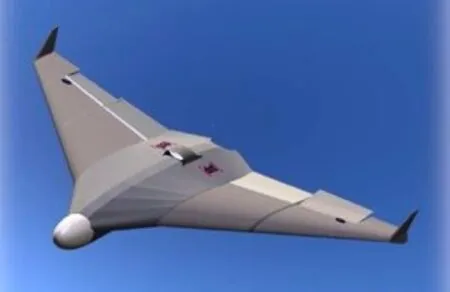The first demonstration flight of manned-unmanned teaming drone operations has been conducted in the UK.
The test flight, which took place during June over British Army ranges on Salisbury Plain, Wiltshire, featured a manned helicopter and a semi-autonomous drone that worked together to identify potential targets in a designated area. It was conducted by QinetiQ and the UK Government research agency Defence Science and Technology Laboratory (DSTL).
During the test flight an operator on the helicopter switched between monitoring the images sent back by the drone’s cameras and allowing it to operate independently, searching for and identifying potential targets itself and alerting the operator when a decision was required.
The potential use of autonomous drones for riskier parts of military air operations is being investigated around the world, with several manned-unmanned teaming (MUM-T) systems such as Boeing’s Loyal Wingman in development.
According to QInetiQ, its demonstration in the UK is notable because the entire process was controlled through a point and click interface on a portable tablet on board a standard H125 helicopter.
Also, the MUM-T system was created using a range of technologies from different suppliers, whereas to date most demonstrations have used products from a single company. This increases the options for defence and security customers and potentially offers a faster and lower cost path to a teaming capability.
In addition, the demonstration involved the successful passing of control between different human operators, paving the way for a more collaborative approach to using defence assets, said QinetiQ.
A British Army pilot working with DSTL and QInetiQ said, “We’ve been following QinetiQ’s progress as it prepared the system and seeing it in action, we believe this could be a game-changer for us. The ability to use a manned / unmanned with any manned helicopter in the UK fleet has huge potential. We can’t wait to get our hands on the system and put it through its paces.”
Senior project manager at QinetiQ Rob Scott said, “To make it possible we had to take a mission-led approach and look at how to use what we already had available. We made full use of our live, virtual and simulated test environments as well as the facilities and resources available within our long term partnering agreement with the MOD.
“We’re particularly pleased we could undertake a live testing program using one of our own H125 helicopters. It provides a realistic platform for repeatable experimentation while saving the UK MOD time and money by not requiring scarce operational resources to be diverted for trials.”





